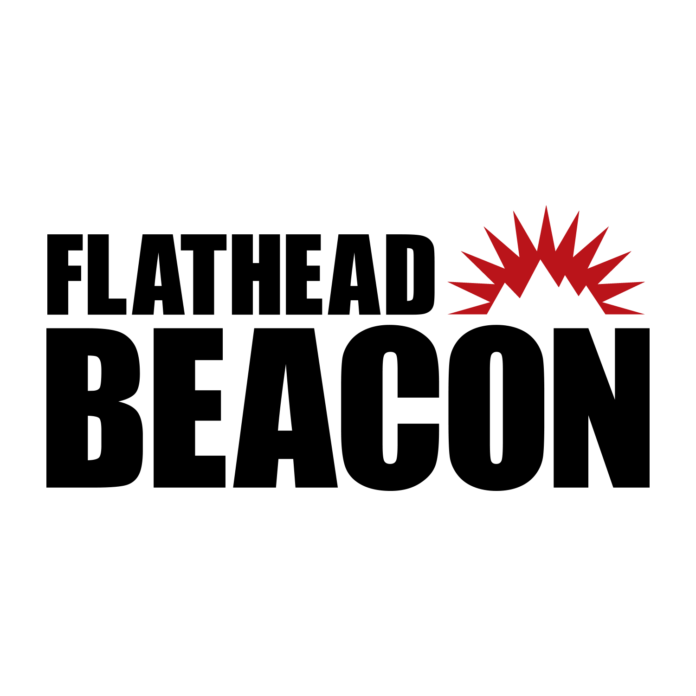I wasn’t much of a hunter when I first moved to Montana in 1992. I’d hunted a bit, killing a few ducks and quail, but my experiences had mostly been on cast-and-blast junkets to California’s Eastern Sierra. Hunting was an adjacent activity on what were primarily fly fishing trips.
The older men in my family didn’t hunt so I had little exposure to the sport as a child. I joined clubs as an adult and my mentors were other adult hunters.
I was still developing a sense of hunting ethics when I landed in the newsroom of the daily newspaper in Hamilton, writing sports and outdoors. Clarity welcomed me later, in the form of a review copy of “Beyond Fair Chase: The Ethic and Tradition of Hunting.”
Written by the late Jim Posewitz, a former Montana FWP biologist and founder of Orion: The Hunters Institute, the book helped me sort the random ideas that had been bouncing about my noggin since the morning I killed my first animal, a hen mallard, that a companion retrieved for me.
The moment he handed me the bird’s still warm body is a permanent, readily retrievable memory, one I’m often reminded of 35 years later when one of my English setters hands off a bird I’ve shot.
For a young man who to that point had only encountered chilled meat from the grocery store, sensing the warmth of that recently living hen mallard, a life I’d ended, remains a pivotal moment in my journey from one level of awareness of life and death, to another more aware and intimate plane.
The trajectory of my life, at least as a hunter, has proceeded from that moment with an understanding that we take with us into the field certain obligations about how we conduct ourselves, both before and during the hunt, and after as well.
We only engage in fair chase hunting, for instance. Penned “trophy” elk don’t count. Hunters follow regulations established by state and federal wildlife managers, regulations based on science. Cutting corners when the regs prove inconvenient isn’t acceptable. Also, the dead animal is treated properly, caring for it and preserving its flesh for food.
The fair-chase standard overrides everything. Big game hunters don’t hang out the side of a helicopter gunning down antelope. Some hunters are more shaken up about using drones to scout game than maybe even the most strident antis. I’m not convinced drones offer much advantage, but I still think flying-camera contraptions have no legitimate role in scouting.
It’s primarily because of the ethical code I began to develop in the early days of my life as a hunter that I’ve never been a fan of the 2022 wolf regulations passed by the Fish and Wildlife Commission in August, regs later challenged in court then reinstated by a District Court judge in Helena last week. I’m not concerned, yet, that the loosened regulations will allow hunters and trappers to wipe out Montana’s wolves, but I do think that once they were approved we entered a period where careful monitoring of wolves and FWP’s management is required.
Unfortunately, the increasingly lax regulations adopted by Montana and Idaho, as well as those which always existed in Wyoming, means my ideal of ethical hunting will be further tarnished by gratuitous slaughter.
Indiscriminate snares, a 20-wolf limit for individuals (no more than 10 can be killed by hunting or trapping) and the destruction of Yellowstone National Park wolf packs by trappers and hunters working just outside park boundaries, tells a story about “hunting” that we’ve been trying to escape since market hunters gunned down the vast bison herds and other big game that once blanketed the West.
The folks driving wolf management in the Northern Rockies care little about the fate of fair-chase hunting. They just hate wolves. Hunters likely will take the blame for their loathing, however.
Credit: Source link































